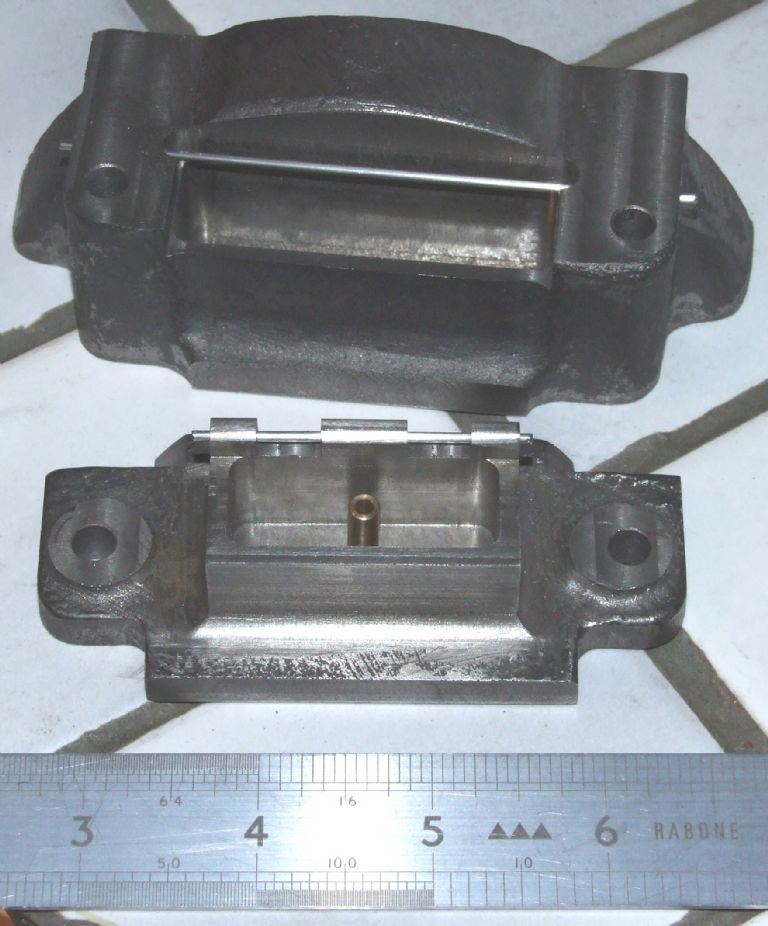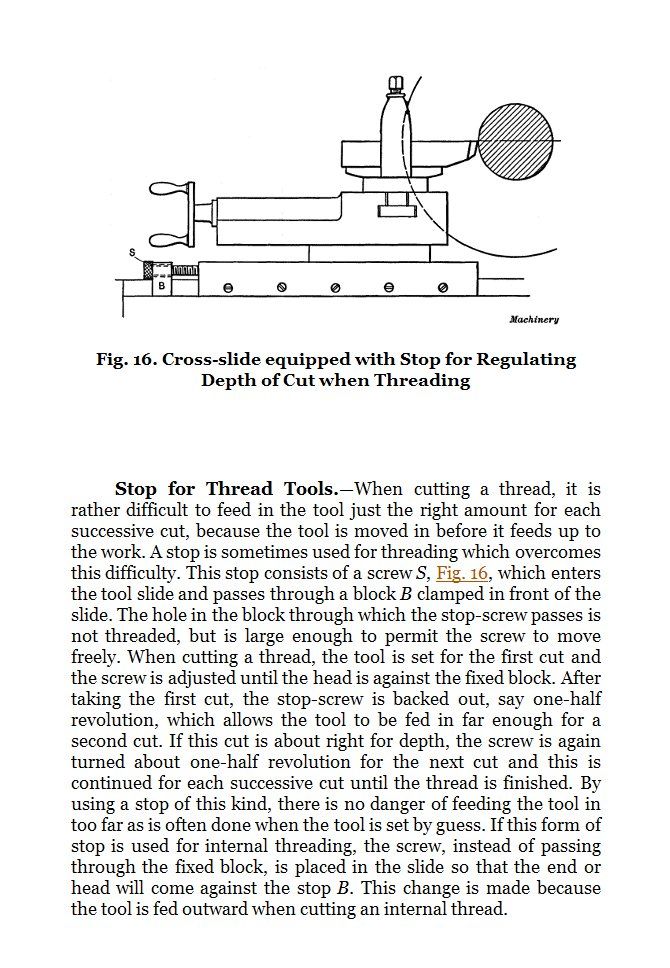Milling machine stops
Milling machine stops
- This topic has 34 replies, 16 voices, and was last updated 2 March 2012 at 08:54 by
Harold Hall 1.
- Please log in to reply to this topic. Registering is free and easy using the links on the menu at the top of this page.
Latest Replies
Viewing 25 topics - 1 through 25 (of 25 total)
-
- Topic
- Voices
- Last Post
Viewing 25 topics - 1 through 25 (of 25 total)
Latest Issue
Newsletter Sign-up
Latest Replies
- MD65 leadscrew cross-slide stuck in nut
- Bandsaw vs Powered Hacksaw vs Chop Saw?
- Will iron rivets expand to fill oversized hole?
- Precedent Perkasa MTB plans
- Ultra Newcomer Lathe Setup Query
- New Compressor
- Depth of cut cowells me90
- Pratt Bernard Grip true issues
- Help recommend a milling machine?
- UK Steel Supplier? 125 x 125 x 50 BMS






